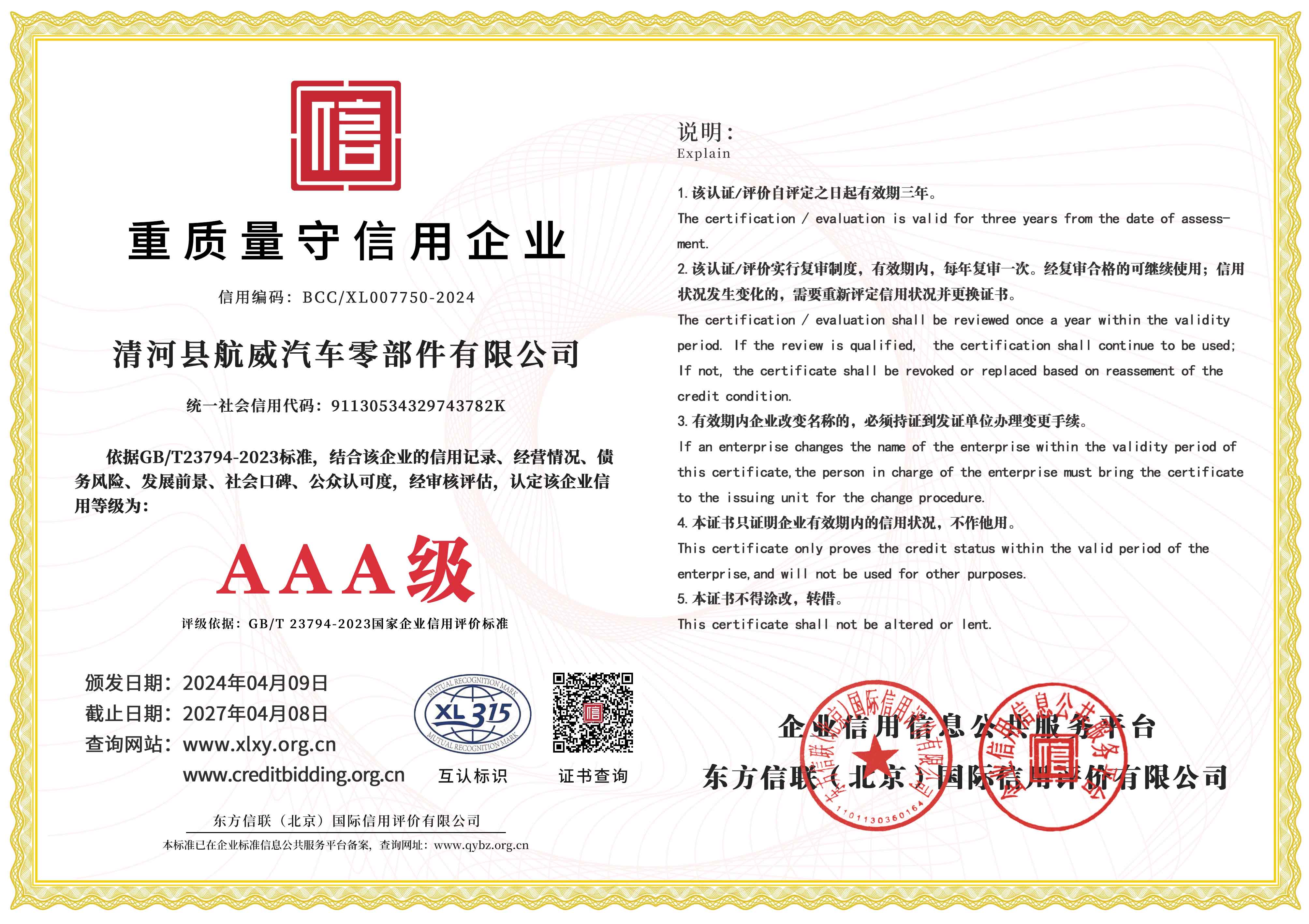broken gear shift cable
Broken Gear Shift Cable Understanding the Issue and Its Solutions
The gear shift cable is a crucial component in any vehicle's transmission system, responsible for connecting the gear lever to the transmission itself. When this cable malfunctions or breaks, it can lead to significant problems, impacting the vehicle's operability and safety. Understanding the symptoms, causes, and solutions for a broken gear shift cable can help vehicle owners address this issue promptly, ensuring a smooth and safe driving experience.
Symptoms of a Broken Gear Shift Cable
One of the most critical indicators of a broken gear shift cable is difficulty shifting gears. Drivers may find that the gear lever feels loose, unresponsive, or jammed, making it nearly impossible to change from park to drive or reverse. In some cases, the vehicle may become stuck in one gear, creating a dangerous situation, especially if stuck in reverse or drive without the ability to shift.
Another symptom to watch for is unusual noises during shifting. A broken or fraying cable can produce grinding, rattling, or popping sounds when the gear shift is engaged. These noises often indicate that the cable is either misaligned or contacting other components, leading to further mechanical issues if not addressed quickly.
Moreover, warning lights on the dashboard, like the check engine or transmission warning light, can signal problems related to the gear shift cable. While these lights can indicate various issues, it's essential to have the vehicle diagnosed by a professional to pinpoint the exact cause.
Causes of Gear Shift Cable Breakage
Several factors can lead to the breaking of a gear shift cable. Wear and tear is the most common cause, as cables can degrade over time due to constant use and exposure to harsh conditions. Extreme temperatures can lead to the cable becoming brittle, while moisture can cause rust and corrosion, weakening the cable over time.
broken gear shift cable

Improper installation can also lead to premature failure. If a gear shift cable is not installed correctly, it may experience undue stress or friction, leading to fraying and eventual breakage. Likewise, if the cable is too tight or improperly routed, it can lead to issues when shifting gears.
In some cases, accidents or mechanical failures within the transmission system can also damage the cable. For example, a transmission fluid leak can compromise the overall performance of the transmission, leading to increased pressure and strain on the gear shift cable.
Solutions and Repair Options
If a broken gear shift cable is diagnosed, immediate action is necessary to restore functionality and safety. The first step is to assess the extent of the damage. In some cases, simply adjusting or lubricating the cable may resolve minor issues. However, if the cable is frayed or broken, it will need to be replaced.
Replacing a gear shift cable typically involves several steps. Vehicle owners can either take their car to a mechanic or attempt to handle the repair themselves if they have the necessary skills and tools. The process usually involves removing the gear shift lever, disconnecting the old cable from the transmission, and installing the new cable in its place.
While replacing the gear shift cable can be a straightforward task for skilled DIYers, it's important to ensure that all components are securely reattached and that the new cable is properly adjusted to prevent future issues.
In conclusion, a broken gear shift cable is a critical issue that drivers should address promptly. By recognizing the symptoms, understanding the causes, and taking appropriate action, vehicle owners can ensure their cars remain safe and reliable on the road. Regular maintenance and inspection of the transmission components can help prevent surprises and extend the life of the vehicle's gear shift system.
-
Workings of Clutch Pipe and Hose SystemsNewsJun.04,2025
-
The Inner Workings of Hand Brake Cable SystemsNewsJun.04,2025
-
The Secrets of Throttle and Accelerator CablesNewsJun.04,2025
-
The Hidden Lifeline of Your Transmission Gear Shift CablesNewsJun.04,2025
-
Demystifying Gear Cables and Shift LinkagesNewsJun.04,2025
-
Decoding Clutch Line Systems A Comprehensive GuideNewsJun.04,2025
